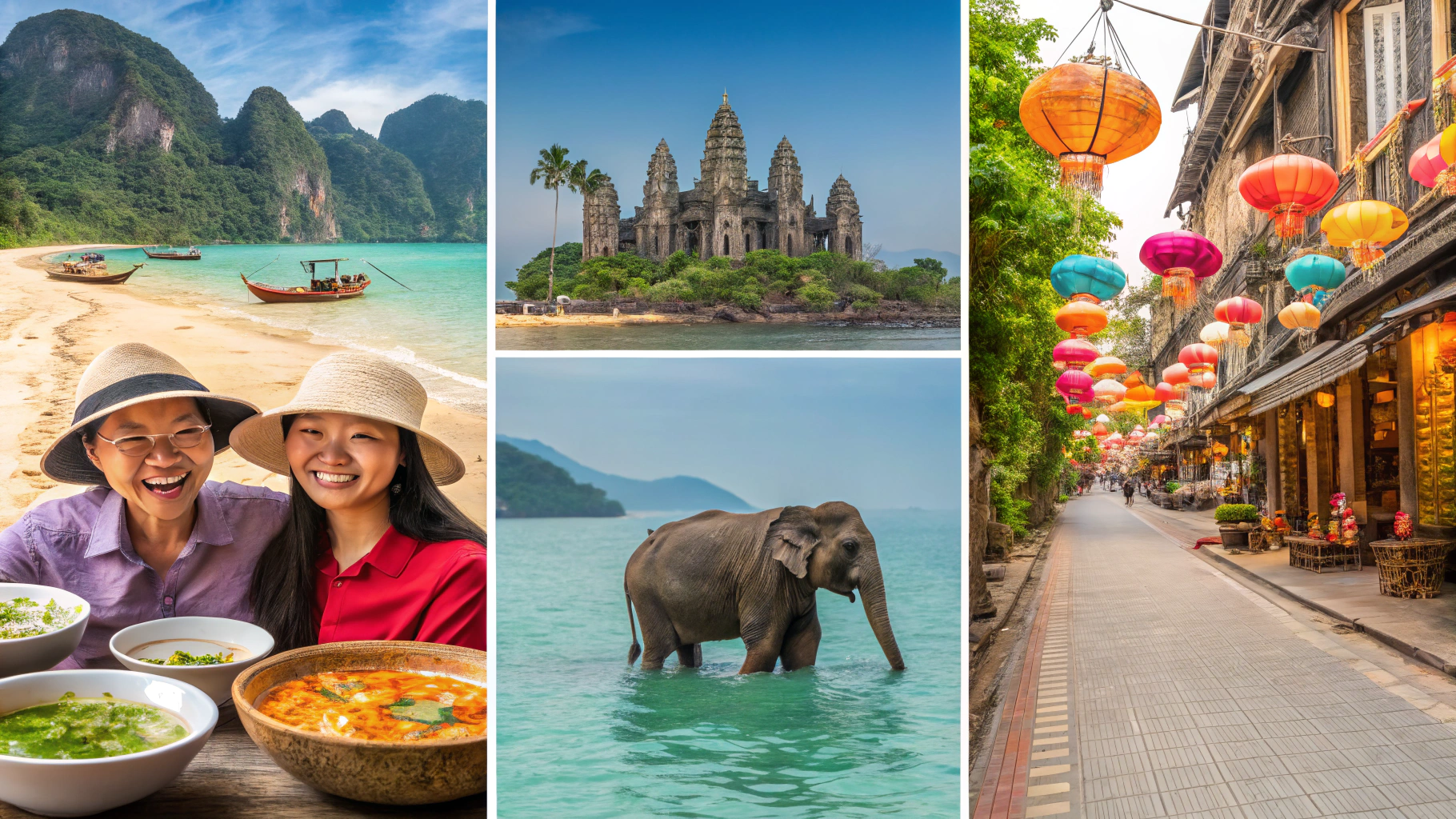There’s something magical about traveling in Asia. I remember stepping off a rickety bus in Cambodia, my kids clutching their backpacks as we entered the ancient city of Siem Reap. The air was thick with humidity but filled with the scent of lemongrass and street food sizzling on grills. As we wandered through the towering stone faces of Angkor Thom, I realized this trip wasn’t just about saving money—it was about creating memories that would last a lifetime. Asia is vast, diverse, and often surprisingly affordable, making it one of the best regions for family vacations without breaking the bank.
If you’re looking to explore the continent while staying within your budget, here are 10 cheapest Asian countries for family vacations that offer incredible experiences for every type of traveler.
1. Nepal: Land of Mountains and Mysticism
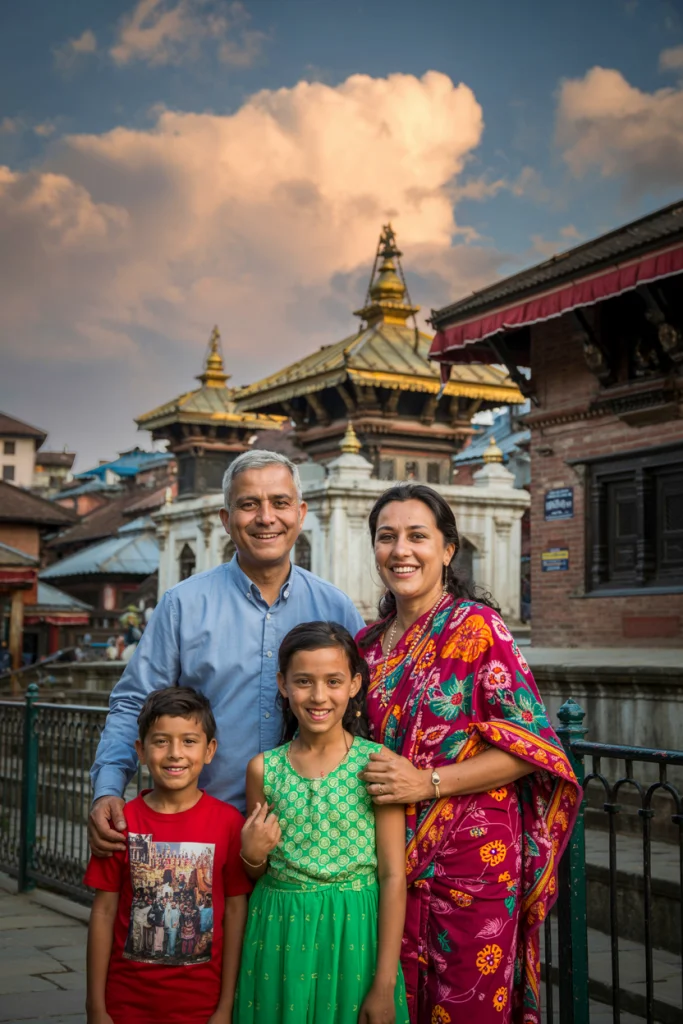
When to Visit
Nepal’s weather varies depending on where you go—Kathmandu can be temperate year-round, while trekking in the Himalayas requires planning around monsoon or snow seasons. October to December is ideal for most families.
Getting There
I recommend flying into Tribhuvan International Airport in Kathmandu. From there, domestic flights or buses connect you to other parts of the country. Budget carriers like IndiGo and AirAsia sometimes have deals from neighboring countries.
Costs
- Daily expenses (food, transport): 20−30 per person
- Accommodation: Guesthouses start at 10−15 per night; mid-range hotels cost around 40−60.
Where to Stay
For families, Thamel in Kathmandu offers budget-friendly guesthouses with friendly hosts who cater to tourists. Pokhara has lakeside resorts perfect for relaxing after a day of adventure.
Must-See Places
- Boudhanath Stupa : A UNESCO World Heritage Site, this massive Buddhist stupa will leave you awestruck.
- Pokhara Valley : Stunning views of the Annapurna range and boating on Phewa Lake make it a must-visit.
- Chitwan National Park : Spot rhinos, elephants, and even tigers during jungle safaris.
Food Recommendations
Don’t miss out on dal bhat (lentil soup with rice) and momos (steamed dumplings). Street vendors sell delicious samosas for less than $1 each.
Local Tips
- Bargain politely when shopping in markets. Start by offering half the asking price.
- Learn basic phrases like “Namaste” (hello) and “Dhanyabad” (thank you)—locals appreciate it!
2. Vietnam: A Feast for All Senses
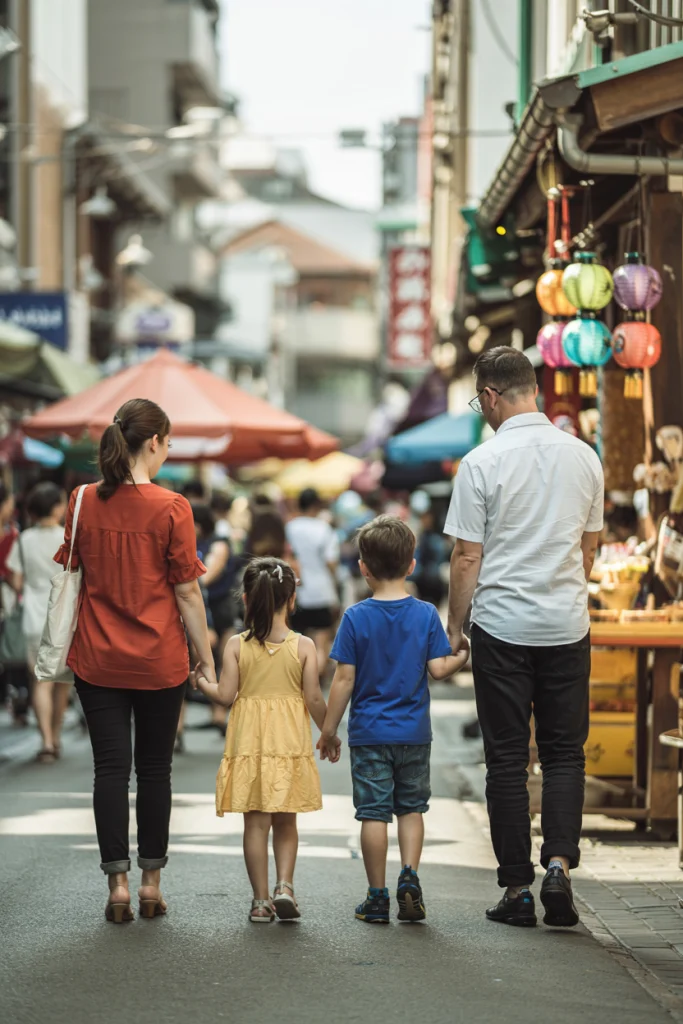
When to Visit
The best time to visit Vietnam depends on which region you’re exploring. Northern Vietnam (Hanoi, Ha Long Bay) is pleasant from March to May, while southern areas like Ho Chi Minh City shine from December to February.
Getting There
International airports in Hanoi, Da Nang, and Ho Chi Minh City serve numerous global routes. Scooters are everywhere once you land, so consider renting one if you’re comfortable!
Costs
- Daily expenses: 15−25 per person
- Accommodation: Homestays start at 8−12; boutique hotels cost around 30−50.
Where to Stay
In Hoi An, stay in a riverside homestay—it’s both affordable and charming. In bustling cities like Saigon, opt for centrally located hostels or small hotels.
Must-See Places
- Ha Long Bay : Cruise through emerald waters surrounded by limestone karsts.
- Hoi An Ancient Town : Wander cobblestone streets lit by lanterns at night.
- Sapa Terraces : Marvel at terraced rice fields carved into mountainsides.
Food Recommendations
Pho (noodle soup), banh mi (Vietnamese sandwich), and fresh spring rolls are staples. Try bun cha in Hanoi—a dish famously enjoyed by Barack Obama!
Local Tips
- Wear modest clothing when visiting temples.
- Carry small change for tipping drivers and street vendors.
3. Indonesia: Island Paradise Without Breaking the Bank
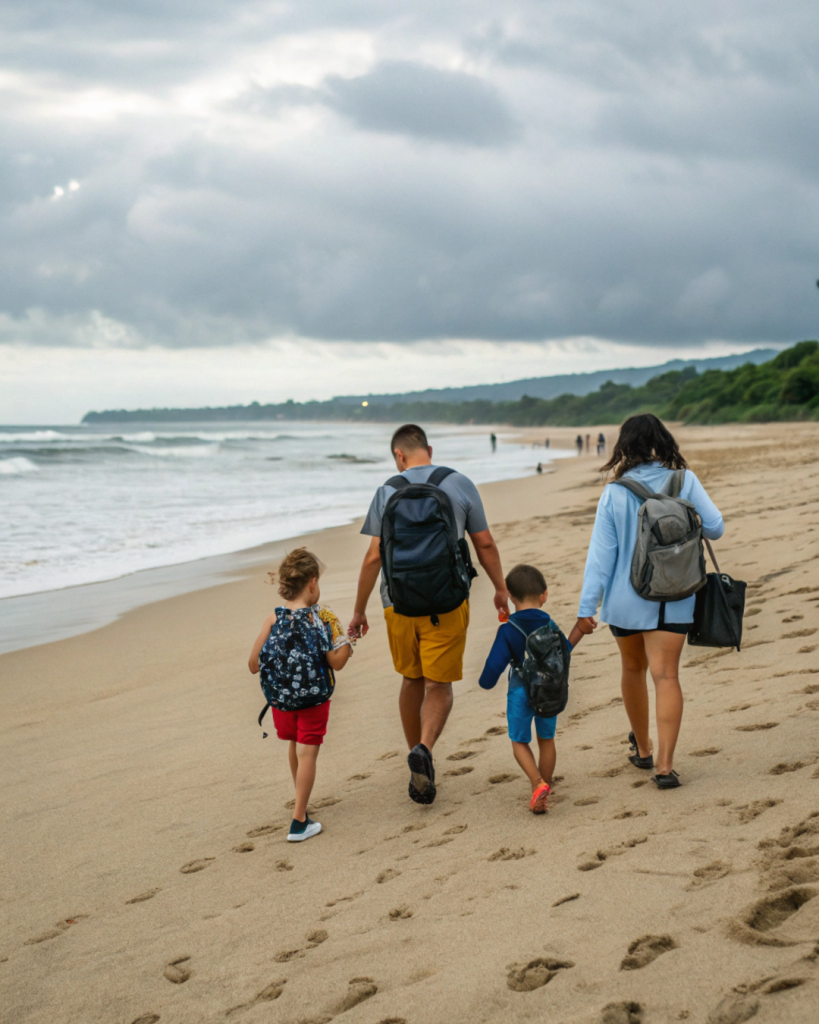
When to Visit
Dry season runs from April to October, making it the optimal time to visit Bali, Java, or Lombok. However, shoulder months (March/April and September/October) offer fewer crowds.
Getting There
Ngurah Rai International Airport in Bali is the main hub, but Jakarta and Surabaya also receive international flights. Ferries connect major islands like Bali and Lombok.
Costs
- Daily expenses: 15−25 per person
- Accommodation: Budget homestays start at 10;privatevillaswithpoolscost50-$70.
Where to Stay
Ubud in Bali is serene, with plenty of affordable guesthouses amidst lush greenery. For beach lovers, Sanur provides calm waters and wallet-friendly accommodations.
Must-See Places
- Borobudur Temple : The world’s largest Buddhist temple is breathtaking at sunrise.
- Mount Batur : Hike this active volcano for panoramic views.
- Gili Islands : Crystal-clear waters and no cars create a peaceful escape.
Food Recommendations
Nasi goreng (fried rice), satay skewers, and mie goreng (fried noodles) are crowd-pleasers. Try gado-gado, a salad drenched in peanut sauce.
Local Tips
- Always remove shoes before entering someone’s home or a temple.
- Use “terima kasih” (thank you) generously—it goes a long way.
4. Laos: The Serene Heart of Southeast Asia
When to Visit
Laos enjoys a tropical climate, with the dry season (November to April) being the most pleasant time to visit. The cooler months between December and February are especially ideal for families.
Getting There
Most international travelers arrive via Wattay International Airport in Vientiane or Luang Prabang Airport. Overland crossings from Thailand, Vietnam, and Cambodia are also popular and straightforward.
Costs
- Daily expenses: 15−25 per person
- Accommodation: Budget guesthouses cost around 8−12; boutique hotels range from 30−50.
Where to Stay
Luang Prabang is a UNESCO World Heritage Site brimming with charm—stay in a riverside bungalow for an authentic experience. In Vientiane, opt for centrally located hostels or family-run guesthouses.
Must-See Places
- Kuang Si Waterfalls : Turquoise cascades surrounded by lush jungle make this spot picture-perfect.
- Plain of Jars : Explore these mysterious ancient stone jars scattered across the countryside.
- Vat Phou : This lesser-known Khmer temple rivals Angkor Wat in beauty but sees far fewer crowds.
Food Recommendations
Khao soi (coconut curry noodle soup), tam mak hoong (spicy papaya salad), and sticky rice are staples here. Try laap, a savory minced meat dish, paired with fresh herbs.
Local Tips
- Dress conservatively when visiting temples—it’s respectful and often required.
- Use “sabai dee” (hello) and “kop chai” (thank you) to connect with locals.
5. Philippines: Island-Hopping Bliss
When to Visit
The Philippines has two main seasons: wet (June to October) and dry (November to May). For smooth sailing and sunny skies, aim for the dry season.
Getting There
Ninoy Aquino International Airport in Manila is the primary gateway, but Cebu and Clark also receive international flights. Domestic ferries and budget airlines like Cebu Pacific connect islands efficiently.
Costs
- Daily expenses: 20−30 per person
- Accommodation: Beachfront cottages start at 10−15; mid-range hotels cost 40−60.
Where to Stay
El Nido and Palawan offer stunning beachfront accommodations perfect for families. Boracay’s White Beach is iconic but can get crowded—consider quieter alternatives like Siargao for surf enthusiasts.
Must-See Places
- Banaue Rice Terraces : Often called the “Eighth Wonder of the World,” they’re breathtakingly beautiful.
- Chocolate Hills : These unique geological formations look surreal, especially during the dry season.
- Tubbataha Reef : A diver’s paradise teeming with marine life.
Food Recommendations
Adobo (marinated chicken or pork), sinigang (sour soup), and halo-halo (a colorful dessert) are must-tries. Street food like balut (fertilized duck egg) might be adventurous for some, but it’s worth a try!
Local Tips
- Always bring small bills for tricycle rides and tips.
- Filipinos love karaoke—if invited to sing, don’t hesitate to join in!
6. Cambodia: Temples and Tranquility
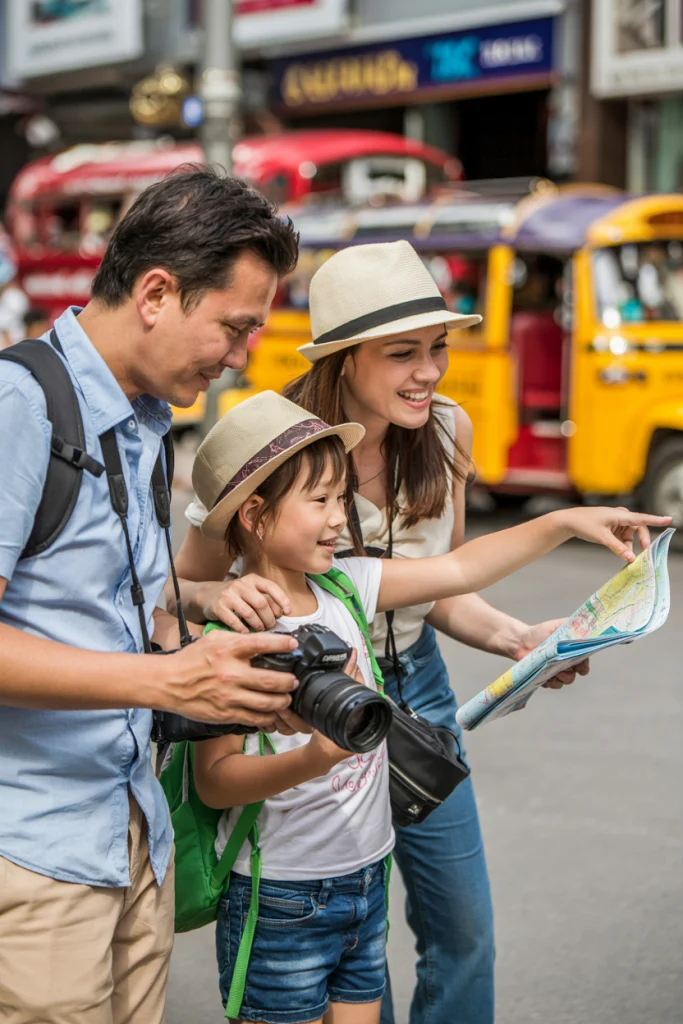
When to Visit
Cambodia’s dry season runs from November to April, making it the best time to explore Angkor Wat and other historical sites. Avoid the peak heat of March and April if possible.
Getting There
Phnom Penh and Siem Reap are the main entry points. Buses and tuk-tuks are widely available for getting around.
Costs
- Daily expenses: 15−25 per person
- Accommodation: Budget guesthouses start at 8−12; boutique hotels cost 30−50.
Where to Stay
Siem Reap offers a mix of affordable and luxurious options near Angkor Wat. Kampot is another gem for families seeking a laid-back vibe along the river.
Must-See Places
- Angkor Wat : Sunrise over this majestic temple complex is unforgettable.
- Tonlé Sap Lake : Discover floating villages and witness traditional fishing practices.
- Battambang : Known for its French colonial architecture and bamboo train rides.
Food Recommendations
Amok (curry steamed in banana leaves), lok lak (stir-fried beef), and nom banh chok (Khmer noodles) are local favorites. Fresh coconuts sold roadside are both refreshing and cheap.
Local Tips
- Bargain respectfully—start low but don’t push too hard.
- Learn “Sousdey” (hello) and “Aw khun” (thank you) to win hearts.
7. Myanmar: Untouched Beauty
When to Visit
The cool, dry season from November to February is the best time to visit Myanmar. Temperatures rise significantly from March onward.
Getting There
Yangon International Airport is the main hub, though Mandalay and Naypyidaw also receive flights. Domestic transport includes buses, trains, and domestic airlines.
Costs
- Daily expenses: 15−25 per person
- Accommodation: Budget guesthouses start at 10;heritagehotelscost30-$50.
Where to Stay
Bagan is famous for its ancient pagodas and offers cozy guesthouses with panoramic views. Inle Lake, with its stilted villages, provides serene lodging options.
Must-See Places
- Bagan Archaeological Zone : Rent e-bikes to explore thousands of temples at your own pace.
- Shwedagon Pagoda : This golden stupa in Yangon is awe-inspiring day or night.
- Mandalay Palace : Step back in time at this historic royal residence.
Food Recommendations
Mohinga (fish noodle soup), tea leaf salad, and samosas are delicious and inexpensive. Fresh fruit juices are abundant and refreshing.
Local Tips
- Respect religious customs—always remove shoes before entering pagodas.
- Carry cash, as credit cards aren’t widely accepted outside major cities.
8. Sri Lanka: The Pearl of the Indian Ocean
When to Visit
Sri Lanka has two monsoon seasons, affecting different regions. The west and south coasts are driest from December to March, while the east coast shines from April to September.
Getting There
Bandaranaike International Airport near Colombo serves most international flights. Trains and buses provide scenic ways to travel within the country.
Costs
- Daily expenses: 20−30 per person
- Accommodation: Guesthouses start at 10−15; boutique villas cost 40−60.
Where to Stay
Galle Fort offers charming stays within its historic walls. Kandy, nestled amidst hills, provides peaceful retreats close to cultural attractions.
Must-See Places
- Sigiriya Rock Fortress : Climb this ancient palace for jaw-dropping views.
- Yala National Park : Spot leopards, elephants, and birds on safari.
- Ella : Famous for its tea plantations and Nine Arches Bridge.
Food Recommendations
Hoppers (bowl-shaped pancakes), kottu roti (chopped flatbread stir-fry), and string hoppers (steamed rice noodles) are local delights. Don’t forget to sip Ceylon tea!
Local Tips
- Taxis aren’t metered—agree on a fare beforehand.
- Say “Ayubowan” (welcome) to greet locals warmly.
9. India: Diversity at Its Finest
When to Visit
India’s vast size means its climate varies dramatically by region. For northern areas like Delhi, Agra, and Rajasthan, October to March offers pleasant weather ideal for sightseeing. The Himalayan regions are best visited from April to June or September to November for trekking. Southern India enjoys mild winters but can get humid during summer months.
Getting There
Major international airports include Indira Gandhi International Airport (Delhi), Chhatrapati Shivaji Maharaj International Airport (Mumbai), and Kempegowda International Airport (Bangalore). Domestic flights, trains, and buses connect cities efficiently, though train journeys are particularly scenic and quintessentially Indian.
Costs
- Daily expenses: 15−30 per person
- Accommodation: Budget guesthouses and hostels start at 8−12; mid-range hotels cost 30−60.
Where to Stay
In Jaipur, opt for heritage havelis (traditional mansions) that blend history with comfort. Kerala’s homestays along backwaters provide an immersive local experience. In bustling metros like Delhi or Mumbai, choose centrally located hotels or Airbnb options.
Must-See Places
- Taj Mahal (Agra) : No trip to India is complete without marveling at this iconic symbol of love.
- Jaipur (Rajasthan) : Known as the “Pink City,” it boasts forts, palaces, and vibrant bazaars.
- Kerala Backwaters : Cruise through serene lagoons aboard traditional houseboats.
- Varanasi : Witness mesmerizing Ganga Aarti ceremonies on the ghats of the sacred Ganges River.
- Goa Beaches : Relax on golden sands and soak up Portuguese colonial charm.
Food Recommendations
Indian cuisine is as diverse as its culture. Don’t miss butter chicken, biryani, masala dosa, and street food like pav bhaji and pani puri. For dessert, indulge in gulab jamun or jalebi. Vegetarian travelers will find endless options—India is a paradise for plant-based diets.
Local Tips
- Always carry small change for tipping rickshaw drivers and chai wallahs (tea vendors).
- Dress modestly, especially when visiting religious sites—it shows respect.
- Bargain at markets, but do so politely. Start with half the asking price and settle somewhere in between.
10. Bangladesh: The Hidden Gem of South Asia
When to Visit
The best time to visit Bangladesh is during the winter months, from November to February, when the weather is mild and pleasant. Summers can be sweltering, while the monsoon season (June to September) brings heavy rains but transforms the countryside into a lush green paradise.
Getting There
Most international flights arrive at Hazrat Shahjalal International Airport in Dhaka, the capital city. Domestic travel is affordable via buses, trains, and ferries, which are integral to experiencing the local way of life.
Costs
- Daily expenses: 10−20 per person
- Accommodation: Budget hotels and guesthouses start at 5−10; mid-range options range from 20−40.
Where to Stay
In Dhaka, stay near Gulshan or Banani for safer, tourist-friendly areas. For rural escapes, Cox’s Bazar offers budget beachfront accommodations, while Srimangal provides serene tea garden stays.
Must-See Places
- Sundarbans Mangrove Forest : Home to the elusive Bengal tiger and breathtaking biodiversity.
- Cox’s Bazar : Boast the world’s longest natural sea beach—a family favorite.
- Paharpur Buddhist Monastery : A UNESCO World Heritage Site showcasing ancient architecture.
Food Recommendations
Try hilsa fish curry (a national delicacy), biryani, and pithas (traditional rice cakes). Street vendors sell fuchka (spicy snacks) for less than $0.50 each.
Local Tips
- Learn basic Bengali phrases like “Assalamu Alaikum” (peace be upon you) and “Dhonnobad” (thank you).
- Be prepared for chaotic traffic—rickshaws and CNGs (auto-rickshaws) are your best bet for short distances.
Nearby Places to Explore
Each of these ten countries serves as a gateway to even more adventures across Asia. From Laos, cross into Vietnam’s mountainous regions like Sapa. After exploring Cambodia, take a ferry to Thailand’s bustling islands. Sri Lanka’s proximity to Maldives makes it easy to combine cultural exploration with luxury island hopping. And if you’re in Nepal, consider extending your journey to Bhutan for a glimpse of its mystical landscapes.
If planning multi-country trips feels overwhelming, my eBook Asia Travel Mastery can help streamline your itinerary. With detailed guides on 14 iconic destinations—including many mentioned here—it’s designed to save you time and money while ensuring you don’t miss hidden gems. Plus, the included audiobook version lets you prep on the go. Find it on Gumroad today!
Why Asia Should Be Your Next Family Destination
Traveling through Asia as a family isn’t just about ticking off bucket-list destinations; it’s about immersing yourselves in cultures that welcome you with open arms. Whether you’re marveling at Angkor Wat’s grandeur, cruising Ha Long Bay’s emerald waters, or hiking Nepal’s majestic trails, every moment becomes a shared memory etched forever in your hearts.
What I love most about traveling in Asia is how accessible it is for families on a budget. You don’t need to splurge on five-star resorts or expensive tours to have an incredible experience. Simple pleasures—like sharing a meal of steaming pho in Vietnam, watching the sunrise over Bagan’s temples in Myanmar, or riding a tuk-tuk through Sri Lanka’s hills—are what make these journeys truly special.
As someone who has wandered far and wide across this vast continent, I can confidently say there’s no better place for families seeking adventure without breaking the bank. But remember, preparation is key. Research, plan ahead, and equip yourself with resources like Asia Travel Mastery to ensure your trip runs smoothly.
So pack those bags, gather the kids, and set off on an unforgettable journey through Asia. Trust me—you’ll return home not just richer in experiences but also closer as a family.
Happy travels and see you on the road.

